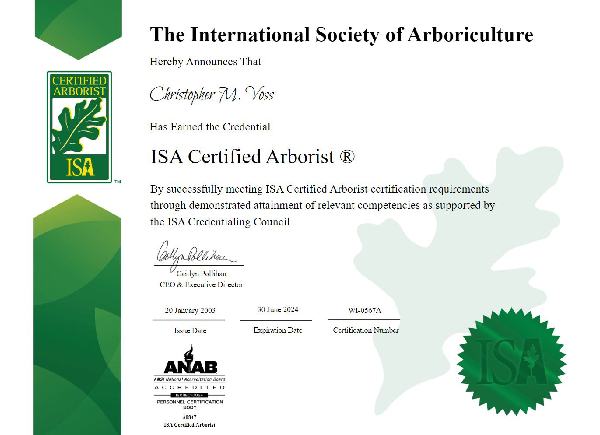Professional Tree Services
Welcome to A New Leaf Tree Service, your premier tree care provider in Wisconsin! We specialize in expert tree removal and comprehensive tree healthcare services, ensuring your property remains vibrant and safe year-round. At A New Leaf Tree Service, we stand out among other tree services in Wisconsin for several reasons. Firstly, our team comprises highly trained arborists with extensive experience, guaranteeing top-notch service and professional expertise. Secondly, we are committed to using environmentally friendly practices, preserving the natural beauty of your landscape while promoting sustainability.
We take pride in our dedication to customer satisfaction, offering personalized solutions tailored to your specific needs. Whether it’s a hazardous tree removal or ongoing tree healthcare, we handle each project with precision and care. With A New Leaf Tree Service, you can expect reliable, prompt, and efficient tree services that will leave your property flourishing and your mind at ease. Contact us today for a greener and healthier tomorrow!

Tree Services
Tree Removal
Tree Trimming
Land and Lot Clearing
Storm Damage Cleanup
Stump Grinding and Removal
Insect Infested Tree Removal
Tree Health Care Services
Tree Disease Treatment and Prevention
Tree Cabling
Tree Maintenance
Preventative Care
Payment Methods
A New Leaf Tree Service accepts the following options as possible payment for our tree services. We currently accept VISA, MASTERCARD, check, or cash.
We require no down payment, but payment (unless otherwise noted) must be paid in full upon completion of the work. Of course, prompt payment is always appreciated.

CHRIS VOSS
As the owner of this award-winning tree service company, Chris Voss has a wealth of knowledge and extensive experience in the tree service industry dating back to 1999. Chris is an ISA Certified Arborist, ISA #WI-0567A, which certifies he has a professional level of knowledge and skill in the field of arboriculture and other tree services.
Chris is also licensed and certified for the application of pesticides including fungicides and insecticides by the State of Wisconsin Department of Agriculture, Trade and Consumer Protection.

